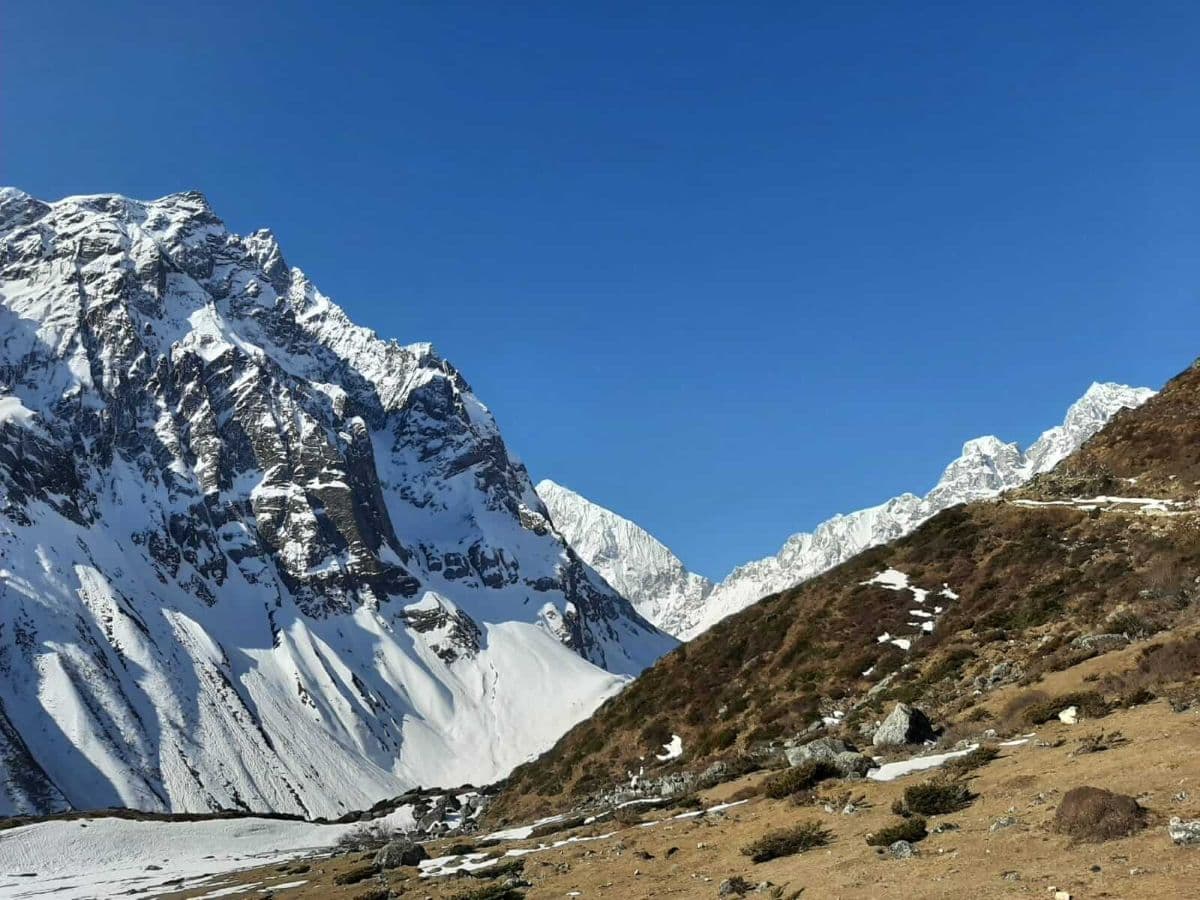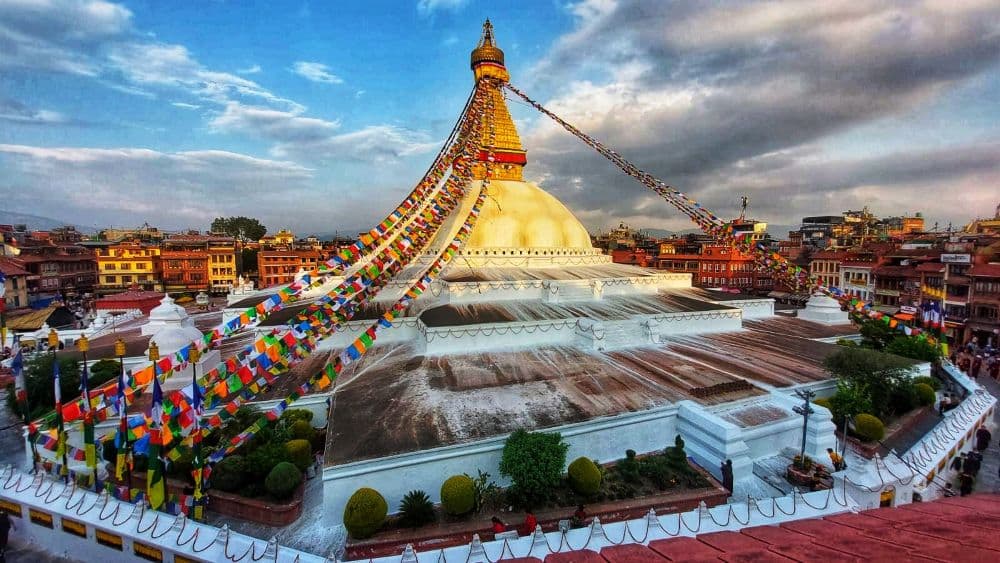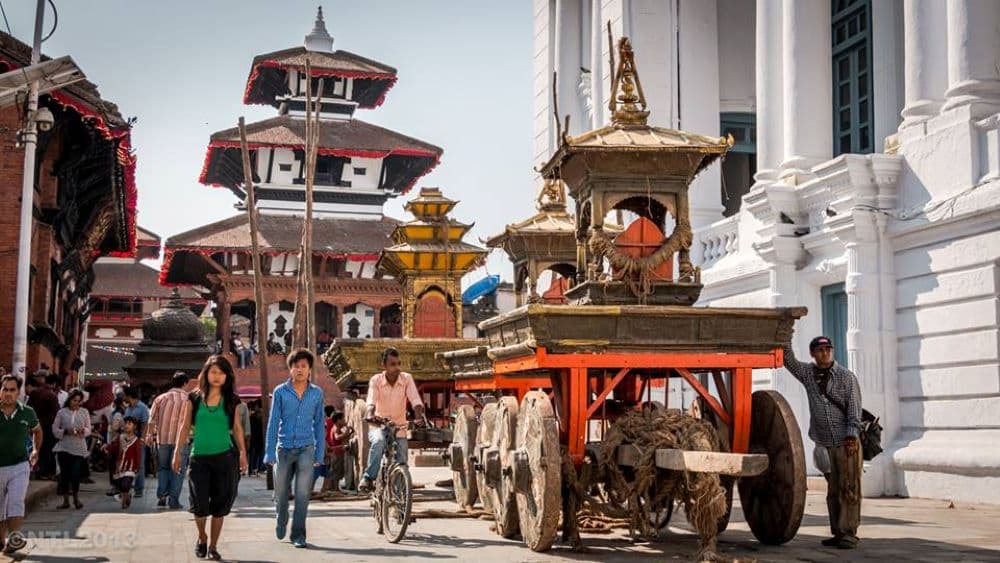
How to Travel Responsibly in Nepal: A Guide to Sustainable Tourism
Nepal, with its majestic mountains, rich cultural heritage, and warm-hearted people, is one of the most popular destinations for travelers seeking adventure and natural beauty. But as more people flock to this incredible country, the need for responsible and sustainable travel has become more important than ever. Sustainable tourism is all about minimizing your impact on the environment and the local culture while maximizing the benefits for the community.
In this blog, we’ll walk you through how you can travel responsibly in Nepal, ensuring your visit leaves a positive impact. Whether you're hiking the Himalayas, exploring Kathmandu’s temples, or going on a jungle safari, there are simple steps you can take to make your trip more sustainable and rewarding for both you and the locals.
So, let’s dive into how you can be a responsible traveler in Nepal and make your trip an enriching experience—for you, the environment, and the people you meet along the way.
1. Respect Local Culture and Traditions
Nepal is a country steeped in rich traditions, religion, and local customs. From the temples in Kathmandu to the villages in the mountains, each place has its own way of life that is deeply rooted in the culture. As a visitor, it’s essential to show respect for these traditions.
What does this mean?
- Dress modestly: When visiting religious sites like temples or monasteries, it's important to dress respectfully. Both men and women should cover their shoulders and knees.
- Be mindful of religious customs: Never touch religious objects or idols, and always ask before taking pictures, especially in sacred spaces.
- Learn a few local words: Nepalese people appreciate it when travelers make an effort to speak a few words in their language, such as "Namaste" (hello) or "Dhanyabad" (thank you).
Why is this important? Respecting the local culture not only enhances your travel experience, but it also fosters mutual respect between you and the locals. It helps preserve Nepal’s rich traditions and ensures a positive impact on local communities.
2. Minimize Your Environmental Footprint
Nepal’s natural beauty is one of the main reasons people travel there. From the Himalayan peaks to the lush jungles of Chitwan, the environment is incredibly diverse and fragile. As a responsible traveler, it’s crucial to minimize your environmental impact while exploring.
Here are some ways you can help:
- Reduce plastic waste: Plastic pollution is a growing problem in Nepal, especially in popular tourist areas. Bring a reusable water bottle and avoid using single-use plastic bags. Many trekking areas are now banning plastic bottles, so make sure you’re prepared.
- Respect wildlife: Nepal is home to a variety of wildlife, including endangered species like rhinos and tigers. When going on safaris or trekking, keep a safe distance from animals and avoid disturbing their natural habitat.
- Stay on marked trails: When trekking, always stay on established trails to avoid damaging fragile ecosystems. The Himalayas are particularly sensitive, and straying off the path can cause soil erosion and disturb local flora and fauna.
Why does this matter? By minimizing your environmental footprint, you contribute to the conservation of Nepal’s stunning landscapes and unique wildlife. You also help ensure that future generations can continue to enjoy the beauty of this incredible country.
3. Support Local Communities Through Responsible Spending
One of the most impactful ways you can travel responsibly is by supporting local communities directly. Tourism plays a significant role in Nepal’s economy, and your spending can help improve the livelihoods of the people who rely on it.
Ways to support the local economy:
- Shop locally: Instead of buying souvenirs from large tourist shops, try buying handmade goods from local artisans or markets. This ensures that the money goes directly to the communities.
- Stay in eco-friendly accommodations: Many hotels and guesthouses in Nepal are adopting sustainable practices, such as using solar energy or reducing water usage. Opting for these places helps reduce your environmental impact and supports businesses that are committed to sustainability.
- Hire local guides and porters: If you’re trekking or going on tours, consider hiring local guides and porters. Not only does this provide employment to people in remote areas, but it also ensures that you’ll get an authentic, insider’s perspective on the culture and landscapes.
Why is this important? By supporting local communities, you help improve their living conditions and contribute to sustainable development. It also allows you to experience Nepal in a more authentic way, with the help of people who truly know and care about the country.
4. Be Mindful of Your Carbon Footprint
Traveling to Nepal means that you’ll likely be flying to the country, which does contribute to carbon emissions. While we can’t avoid the carbon footprint from air travel entirely, there are still ways to reduce your overall impact during your stay.
What you can do:
- Opt for local transportation: Instead of renting private vehicles, try using public transportation or local taxis. In some areas, cycling or walking is also a great way to get around.
- Travel during off-peak seasons: If possible, try to travel during the shoulder seasons. This reduces over-tourism and helps distribute the environmental load more evenly throughout the year.
- Offset your carbon emissions: Some organizations allow you to offset your flight emissions by contributing to environmental projects like tree planting or renewable energy initiatives. Consider adding this to your travel plans.
Why should you do this? While your carbon footprint might be inevitable during your journey, being mindful of your travel choices can reduce the overall impact. By supporting carbon offset programs and choosing sustainable transportation, you’re taking a small but meaningful step toward responsible tourism.
5. Leave No Trace: Clean Up After Yourself
One of the most straightforward ways to travel responsibly is to simply leave no trace. This means taking responsibility for your own waste and leaving the places you visit just as beautiful as you found them.
How can you do this?
- Pack out all your trash: Whether you’re hiking, visiting a temple, or enjoying the city, always take your waste with you. This includes things like food wrappers, plastic bottles, and even biodegradable materials like food scraps.
- Use eco-friendly products: Instead of using chemical-laden sunscreen or soaps that could harm the environment, opt for eco-friendly alternatives. Look for biodegradable or reef-safe options when you’re in natural areas like beaches or rivers.
- Don’t disturb nature: Stick to well-defined trails, avoid picking plants or disturbing animals, and respect the natural surroundings.
Why is this essential? By practicing the principle of “leave no trace,” you ensure that Nepal’s beautiful landscapes remain pristine for future visitors. It’s a simple but powerful way to be a responsible traveler and preserve the beauty of the country.
Conclusion: Travel Responsibly, Make a Positive Impact
Traveling responsibly in Nepal is all about making mindful choices that help preserve the country’s culture, environment, and local communities. By following these simple guidelines, you can ensure that your trip has a positive impact and contributes to the long-term sustainability of the places you visit.
Not only will responsible travel help preserve Nepal’s natural and cultural treasures, but it will also enrich your own experience as a traveler. You'll gain a deeper connection with the country and its people, and you'll leave knowing you’ve contributed to a more sustainable future for Nepal.
So, are you ready to book your sustainable adventure in Nepal? By traveling responsibly, you’re not just exploring a new destination—you’re becoming part of a movement that prioritizes the well-being of people and the planet.
Book your trip to Nepal today and travel with a purpose!





